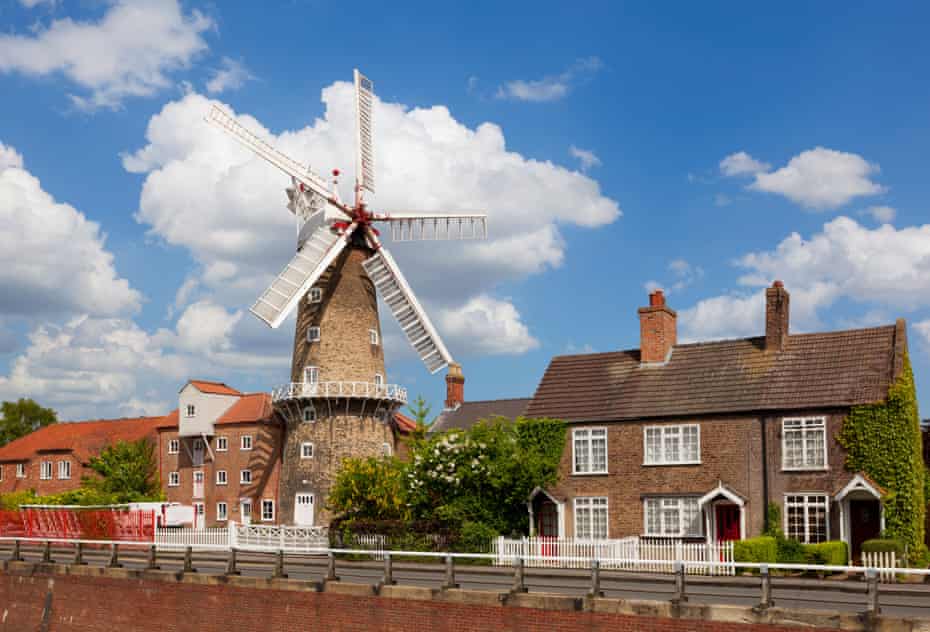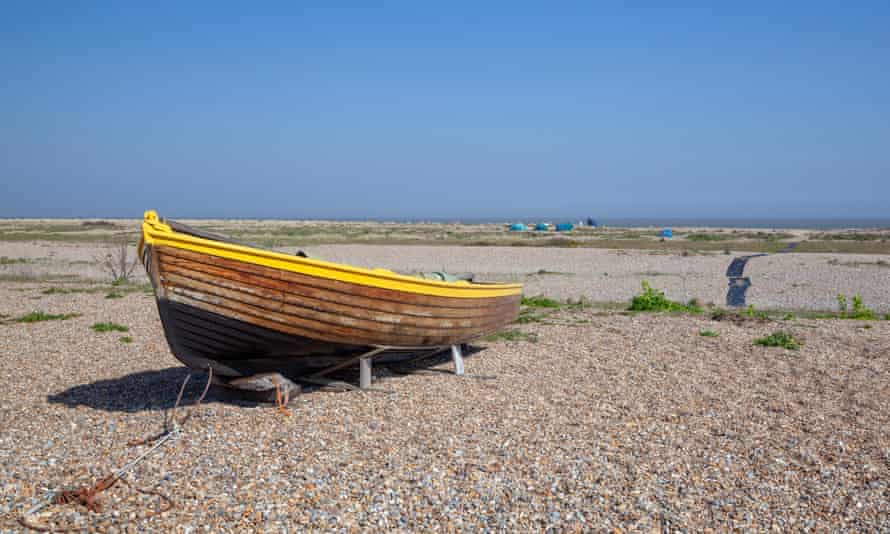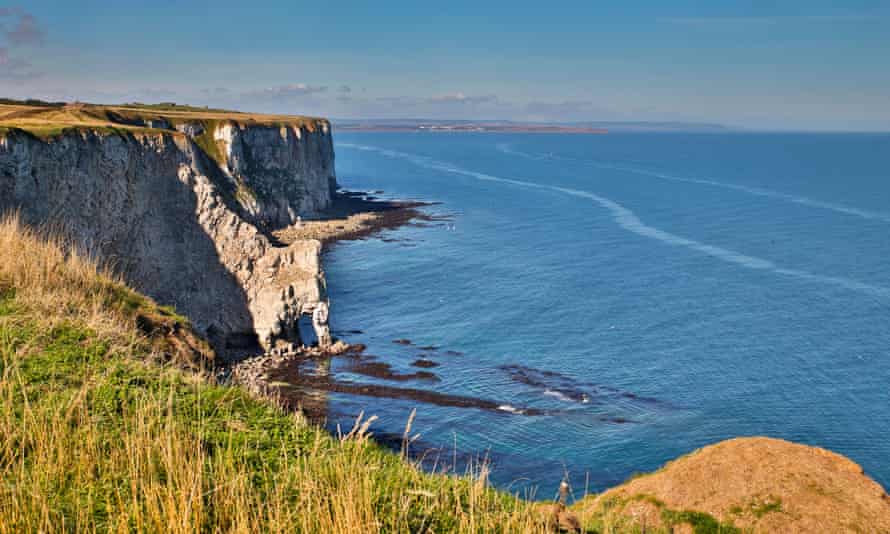Sun spangles the tide, shells dot the shore and the pale beach stretches for miles in both directions. I am by the sea at Chapel St Leonards once more. The Lincolnshire coast is in my head all the time, waiting to be revisited. Just a few steps from the village green up and over the Pulley, as they still call the passage where horses once pulled cargoes of paraffin and tobacco up from the beach, and there it will be: the spotless sand, so flat, so uninterrupted, and the familiar waves of my childhood.
Coming on summer holidays from Scotland to my mother’s birthplace in the sultry south, where buckets and spades were deployed in actual heat, Chapel seemed to me as exotic as the French Riviera. It still does. I have no idea why the whole world does not go to this coast. It has the painted beach huts of Southwold, the light, stoneless sands of Devon and Sutherland, the shrimping and kayaking, crabs and cream teas of Cornwall. Nobody has to clamber up a hill or down a cliff to get to the beach – Lincolnshire is rivalled in its ancient flatness only by the Netherlands, directly opposite across the North Sea. The wheeling arcs of high sky, white in winter, cerulean in summer, appear dazzlingly Dutch.

To get here from London, I will drive the A1 as far as Peterborough, and then peel off via Spalding, Boston and Wainfleet. Along the way, there will be the names of the fabled horticulturalists from whom I buy tulip bulbs every year. There will be potato and brassica farms, one after another, and roadside stalls selling ripe cherries. Scudding through the flatlands – like a ship on water, as my mother used to say – the towns get smaller the closer we get to the sea and signs direct visitors to parks for caravans and tents. I’ve stayed in farmhouses, coastal cottages and even, one year, in couple of rooms in a 19th-century windmill. I guess there are hotels, but the Lincolnshire coast is not devoted to luxury.
Walking, wading, swimming: that’s a start. Get there early enough, and you can buy tea from six o’clock in the morning on the beach. I will aim to get along the sands from Anderby Creek and Mablethorpe in the direction of Saltfleetby, walking into the hot wind, my excited dog hemming the tideline with his skittering leaps. In high summer the beach (as it runs between these villages) will be the most deserted and peaceful, and there are secret sights to behold on the way. Anderby has a Cloud Bar, a platform with sky-trained movable mirrors (and a wonderful guide, supplied by the Cloud Appreciation Society). Sandilands is all deserted golden sands. At Donna Nook, further up the coast, grey seals surface in the low-lying tide.
On the way back, the North Sea Observatory at Chapel Point sells vegetarian food (and Lincolnshire’s famous sausages, flavoured with sage, parsley and thyme). Little grebes, lesser whitethroat warblers can be spied from the cafe’s terrace – they offer binoculars – but it’s enough just to rest your eyes on the water.

Tennyson walked this beach (he was born at nearby Somersby). My great-grandmother saw him on the sands, head down, black cloak blowing in winter north-easterlies. And the apple fell into Sir Isaac Newton’s life and ideas at Woolsthorpe Manor, not far from Grantham. You can visit his house, run by the National Trust. And I will pay homage to Sir John Franklin, discoverer of the Northwest Passage, who was born in a humble house on the high street in the little market town of Spilsby, where his statue now stands in the square. A bullied child, Franklin once ran all the way from Spilsby to the beach at Ingoldmells, a mile away from Chapel: trying to get to freedom, and the open shore.
Which is where I will end this escape from my city: at Gibraltar Point, a magnificent nature reserve that runs along the coast about five miles south of Skegness. Here the salt marshes meet the shore. A big bowl of broth at the cafe, a weary dog and the whistle of curlews in the briny air as the sun goes down on the waters.
To buy On Chapel Sands, by Laura Cumming, £9.29, go to guardianbookshop.com or call 0330 333 6846
Other bracing beaches to visit

This headland is the southernmost point of Devon. There are several coves with pebble beaches for swimming, but the area is best known for birdwatching and dolphin spotting.
Lowestoft, Suffolk

The town – the most eastern in England – is unlovely, but it is surrounded by underpopulated beaches safe for families, such as the sands at Kessingland and Covehithe, which are beautiful and empty.

Between March and September, gannets, guillemots and puffins are just some of the birds flocking to nest and raise families on these chalk cliffs. A unique spectacle.

If you’re up for the mile walk from the nearest car park, your reward is these unspoilt dunes and wonderful views of nearby Holy Island and Bamburgh Castle.

The trail to this beach follows the course Nash Brook, which spills to the sea over rock platforms creating a waterfall and rock pools. Great cliffs, too; nesting grounds for peregrine falcons.
Alice Fisher




